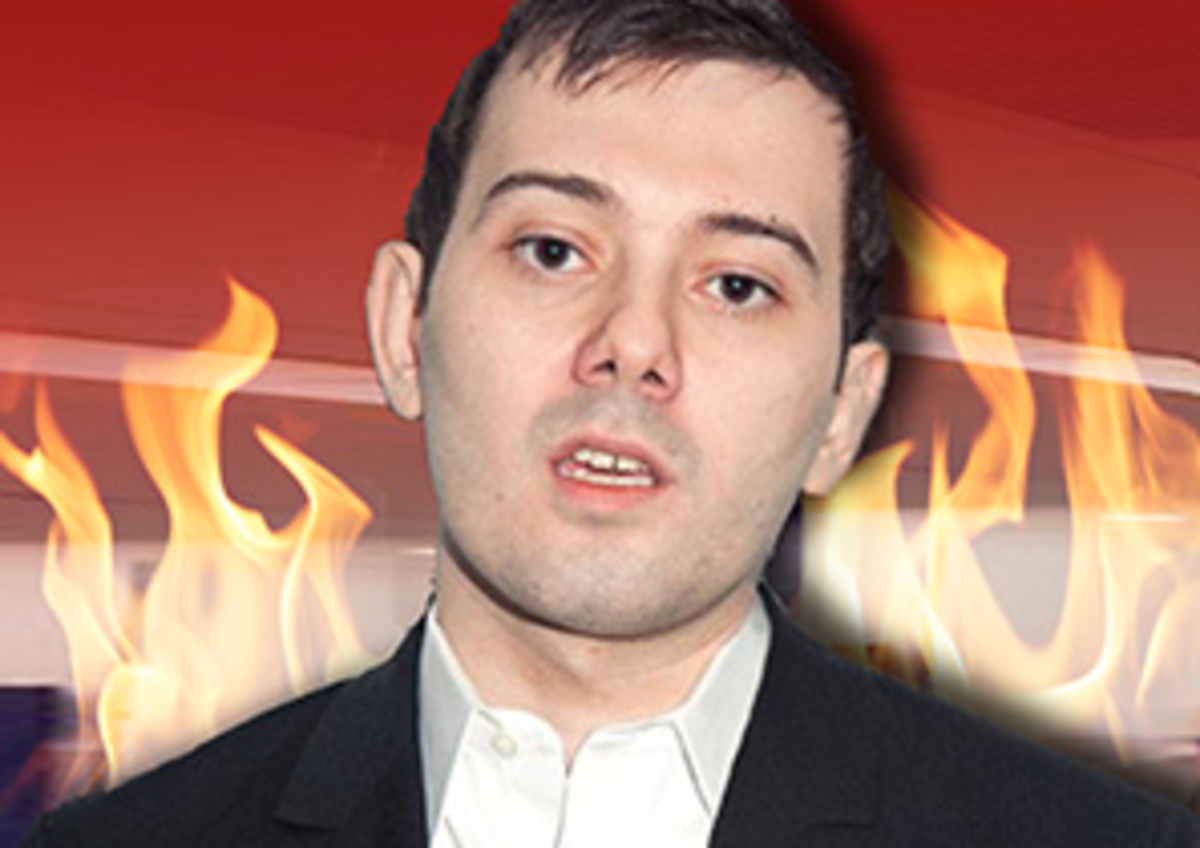
This has been, it is safe to say, a difficult year. One filled with loss, loneliness, misery, want, heartbreak, ennui, bad decisions. A year in which misplaced trust in venal people making choices so obviously, blinding wrong at the moment of their making as to assure they’d lead to nothing but entirely preventable and avoidable hardship. A year of otherwise lucky, ostensibly intelligent people doing things they know deep down they shouldn’t but expecting their privilege to see them through to the other side, as so many times before, ensuring that the speeding, oncoming 18-wheeler whose headlights they see heading directly for them won’t hit them, that the inevitable tragedy dictated by those decisions to ignore every red flag and every pleading friend and everything going on around them, the outcome that everyone—even, somewhere deep inside the individual in question—knows is inescapable, will somehow swerve at the last instant, sparing them, but giving the rush that they thought they needed.
And, of course, a year filled with the stories of the above, the gut-wrenching, harrowing, maddening tales of the things we do to ourselves and others, thousands upon thousands of them, too many to read and certainly too many to bear, each one in its way harder and more awful than the last. And yet humanity finds a way. Humanity finds a way to produce an even more mind-boggling, jaw-widening, full-body-clenching story of woe, self-inflicted disaster and hope against hope—and this one doesn’t even feature anyone suffering or dying from COVID-19. Behold, the worst and hardest thing you’ll read this year:
He made a habit of regularly taunting journalists like her. How do I manage the situation, [Christie Smythe] remembers wondering.
Almost unimaginably badly, as it turns out.
Over the course of nine months, beginning in July 2018, Smythe quit her job, moved out of the apartment, and divorced her husband. What could cause the sensible Smythe to turn her life upside down? She fell in love with a defendant whose case she not only covered, but broke the news of his arrest. It was a scoop that ignited the Internet, because her love interest, now life partner, is not just any defendant, but Martin Shkreli….
You remember Martin Shkreli? ‘Bout yea high (but higher than you’ve heard, according to Smythe)? Raised the price of a lifesaving drug fifty-five fold to his eternal infamy? Laughed and stuck with his long-form performance art project all the way to seven years in prison? Still there, despite his best efforts? Turns out he might not be as repulsive as you heard, and may even be more lovable than his porn veteran PR guru and this one Tinder date say. And let no one say the guy’s hasn’t got any game.
Shkreli called Smythe. I was sitting next to her in the Brooklyn pressroom, where I covered courts and the Shkreli case for the New York Times, when she took the call. I overheard her startled conversation with him, in which he told her, “I should’ve listened to you,” referring to the first time they spoke about the investigation, back when he said she didn’t know what she was talking about….
“He kept toying with me for a while,” Smythe says. He would dangle an on-the-record interview and then grant one to one of her competitors…. One evening when Smythe called him for comment, a tiny shift occurred. Shkreli was looking for a new lawyer and asked her for advice. She felt “flattered,” she says, and offered her opinion. “It really felt like he didn’t have anybody to talk to that he could bounce ideas off of,” Smythe says. “I was like, ‘All right. I guess I can do that.’ ” He sounded “ragged and fragile, and I got concerned he would commit suicide because all this stuff was all happening at once.”
Still no one, least of all Smythe, can say no one didn’t warn her. Everyone did.
“He’s just using you,” Smythe’s husband had told her early on, after a late-night call with Shkreli…. In fall 2016, Smythe started the prestigious Knight-Bagehot Journalism Fellowship at Columbia University. That spring, she wrote about Shkreli for a class, “describing how manipulative he was to reporters,” says her professor, Michael Shapiro. She wrote “quite candidly about how he had so successfully drawn her in….” Shapiro felt that the journalist/source relationship was already muddy, and cautioned Smythe against writing a book on someone “so manipulative.” Smythe remembers Shapiro telling her, “You’re going to ruin your life.”
“Maybe I was being charmed by a master manipulator,” Smythe tells me. But she felt she could maintain control.
Of course she did: After all, she had a book to sell and write. Oh yea, and she was falling in love.
“You could see his earnestness,” Smythe says. “It just didn’t match this idea of a fraudster….” Of her increasing involvement with Shkreli, she tells me now, “These are incremental decisions, where you’re, like, slowly boiling yourself to death in the bathtub….”
Smythe pressed Shkreli to let her visit him in jail…. When the hour-long visit ended, she hightailed it to the first counseling session with her husband. He had refused to move the appointment, and she wouldn’t reschedule with Shkreli. She arrived at the hour-long session 52 minutes late…. Before, she had tamped down the sparks between her and Shkreli, but now, she gave them air. She thought about when he’d teased her about being a nerd in an old photo he glimpsed, and how she felt when he added her to his visitors’ list (he’s not a big fan of visitors, but wanted her to come). A realization hit her. In the visitors’ room, “I told Martin I loved him,” Smythe says. “And he told me he loved me, too.” She asked if she could kiss him, and he said yes. The room smelled of chicken wings, she remembers.
Really, the whole thing is miserable, required reading, with its anecdotes about jailhouse dates over microwaved hamburgers, her one-woman Twitter campaign to defend the indefensible, the e-mails that earned the Pharma fuck an extra two years in prison, the inevitable meeting in a conference room with an HR rep, how no one wants to buy a book about the good Martin Shkreli, the moments where the lunacy of her course very nearly becomes inescapable, and yet escape she does.
“That belief in himself, although it may seem delusional at times, it draws you in,” she says. “I don’t know if everything he was saying was true, but maybe like 1 percent is, and that’s awesome on its own.”
After all of it, however, the end—the pathetic, heartbreaking end, so obvious from the first words of the profile and becoming ever more so as it proceeds, like a giant, growing avalanche careening down the mountain towards a defenseless Smythe, like the aforementioned 18-wheeler, an denouement so clichéd as to not even really count as a spoiler here—the end is too much to bear for a society that has already borne so much.
When Shkreli found out about this article, though, he stopped communicating with her.
Oh, so he does know how not to use a phone.
He didn’t want her telling her story, she says. Smythe thinks it’s because he’s worried about fallout for her.
Yup, worrying about others is definitely Shkreli’s hallmark trait.
While she waits to hear from him, she monitors Google Alerts for his name, posts in support groups for loved ones of inmates, and—because inmates must place outgoing calls and can’t accept incoming ones—hopes one day he will call or reply to one of her emails.
“That’s him saying, You’re going to live your life and we’re just gonna not be together. That I’m going to maybe get my book and that our paths will”—she sighs—“will fork.” She tears up…. Sitting in her basement apartment, her eyes wet, her voice quavering, she says she will continue to wait for him while he serves the remaining years of his sentence: “I’m gonna try,” she says. “I’ll be here.”
Looks like the Martin Shkreli musical just went Shakespearean.



 Kathryn Rubino is a Senior Editor at Above the Law, and host of
Kathryn Rubino is a Senior Editor at Above the Law, and host of 
 Jordan Rothman is a partner of
Jordan Rothman is a partner of 











